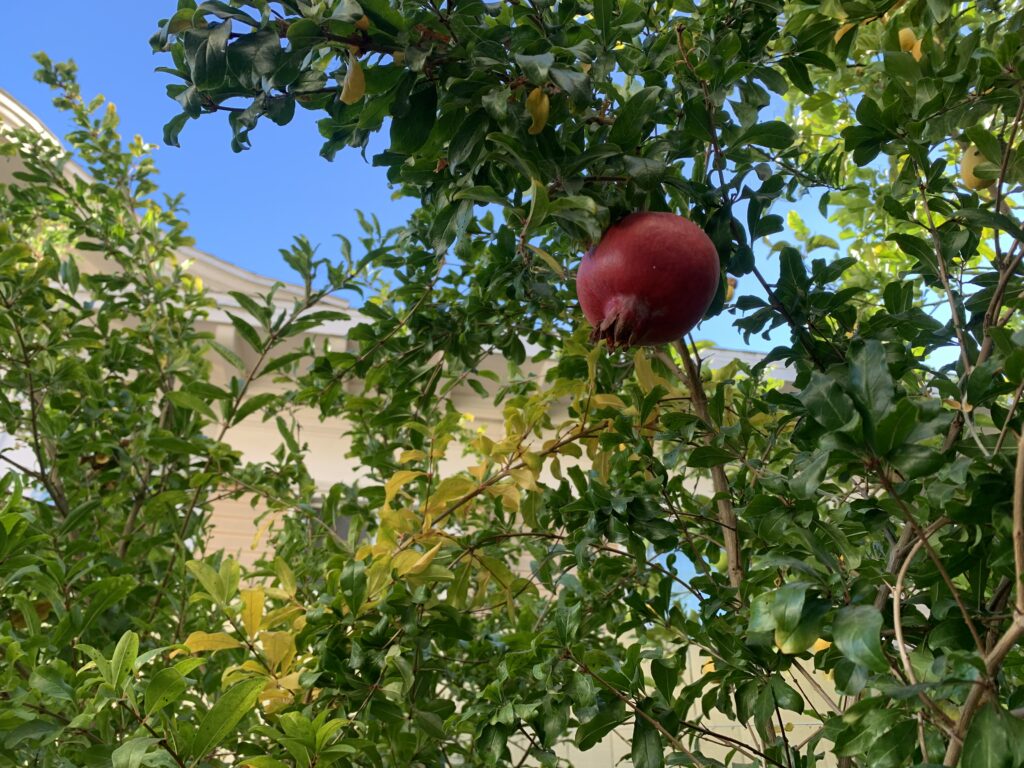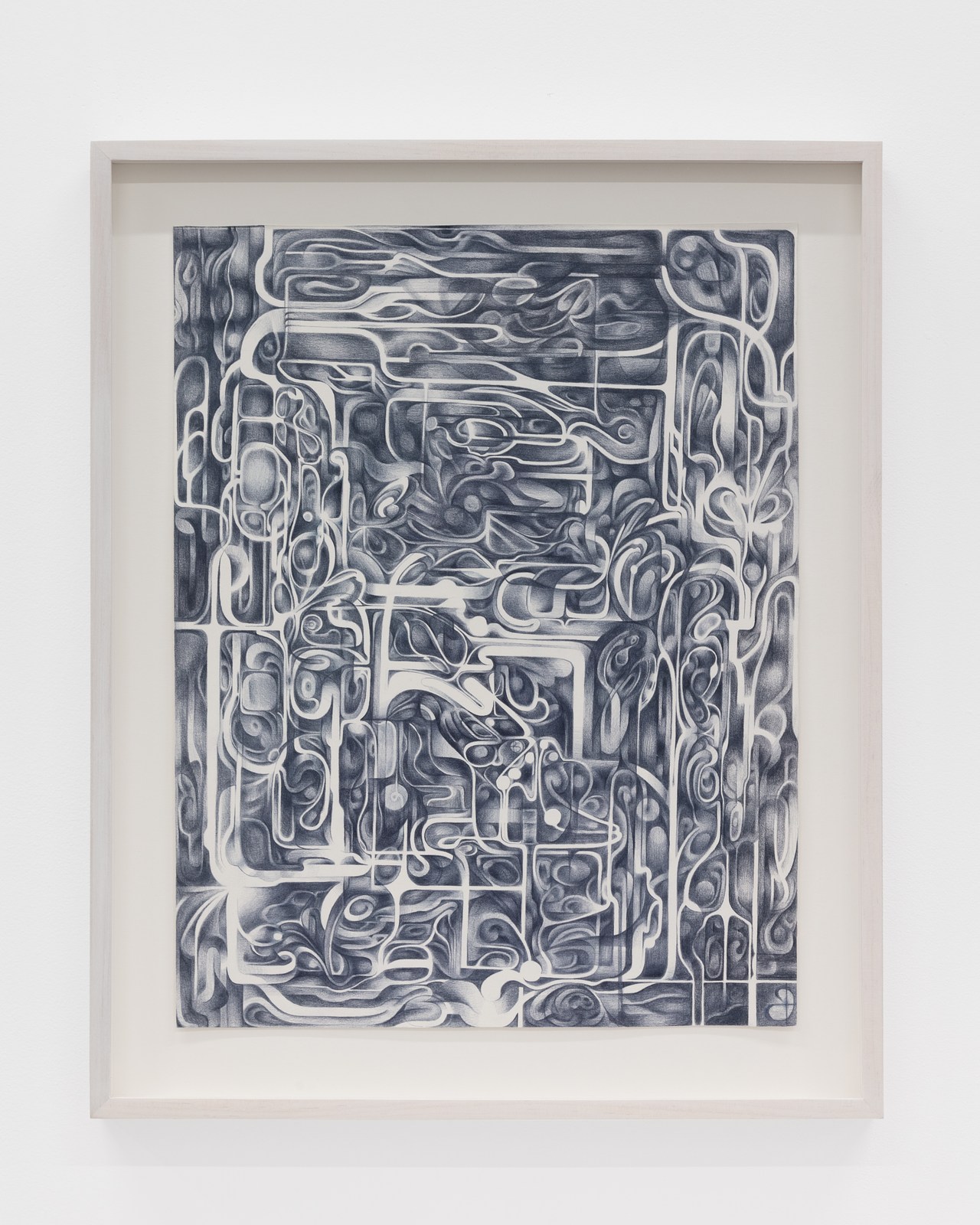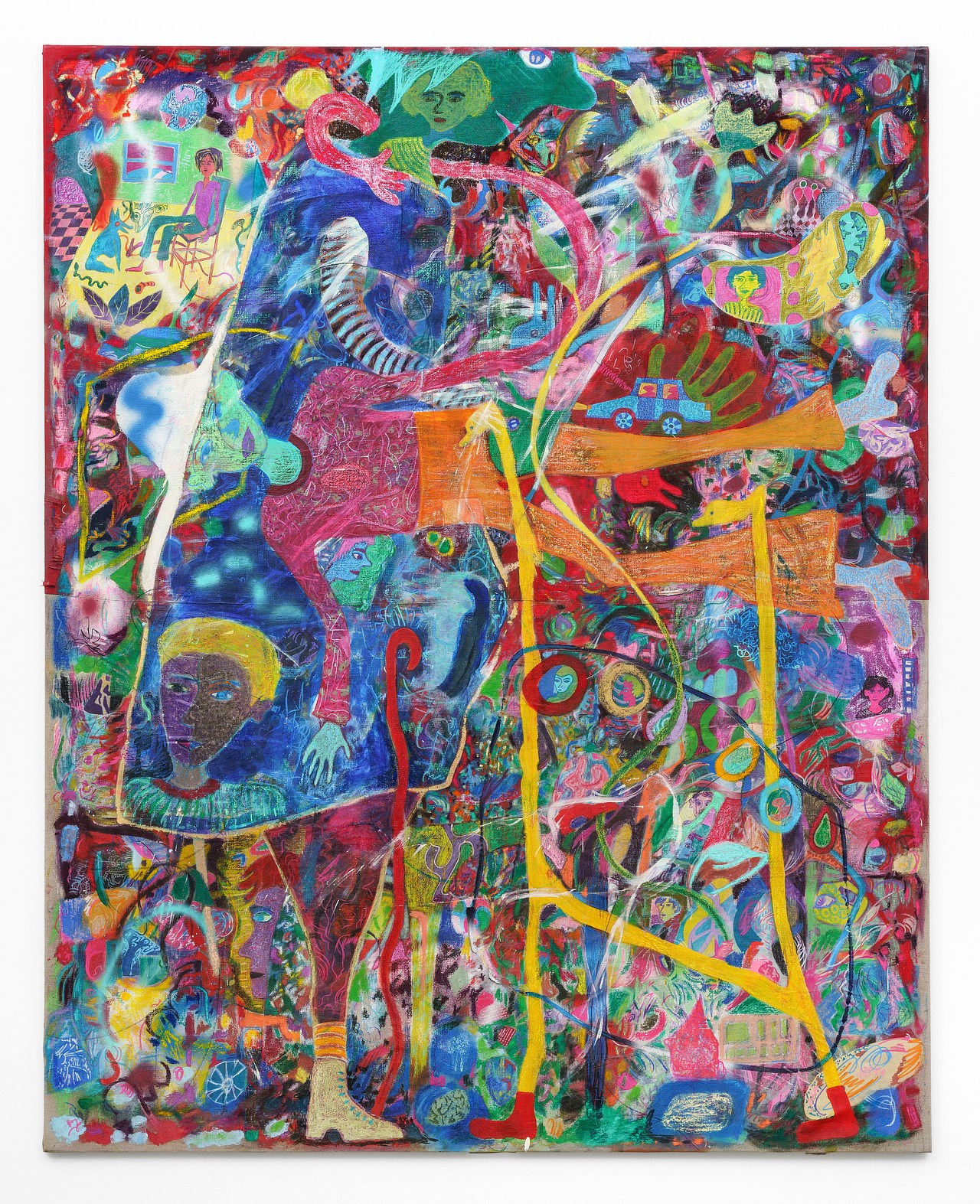Michelle Yeoh, who turned 60 last week, is a Malaysian Chinese actress, former Miss Malaysia, martial artist, and so much more — she’s lived a very bookish life and is set to continue on that path. She has recently been in the public eye as the star of Everything Everywhere All At Once, which is not based on a book but has the multiverse vibes of Sal and Gabi Break The Universe, The Ten Thousand Doors of January, and The Space Between Worlds.
Yeoh was born on August 6, 1962, in Ioph, Perak, Malaysia. She took ballet lessons beginning at age 4 and continued after her family moved to the UK when she was 15. A spinal injury while she was at the Royal Academy of Dance led her to switch majors to choreography, with a minor in drama. After a few years of beauty pageants, she appeared in a TV commercial with Jackie Chan, and began working in cinema, where she performed her own stunts.
She got her cinematic start in Hong Kong action movies, including Heroic Trio (one of my personal favorites) in 1993; the same year, she starred in Butterfly and Sword opposite Tony Leung, based on the novel Liuxing Hudie Jian by Gu Long. In 1997 she began making Hollywood movies, beginning with a starring role in the James Bond film Tomorrow Never Dies, the 18th in the series based on Ian Fleming’s novels and the second starring Pierce Brosnan.
In 2000, she starred opposite Chow Yun-fat in the internationally acclaimed, Mandarin-language film Crouching Tiger, Hidden Dragon, an American-Chinese co-production based on Wang Dulu’s Iron Crane series. A native Malay speaker who also speaks Cantonese, Yeoh learned her Mandarin lines phonetically. The movie has since been adapted as a comic book, among other things. She continued to work in both Chinese and American cinema, and in 2004 starred in the titular role in Silver Hawk, based on the character from Huang Ying by Xiao Ping.
In 2005, Yeoh starred in the adaptation of Memoirs of a Geisha, based on the best-selling novel by Arthur Golden. The film’s casting was controversial, as Yeoh is Malaysian and star Zhang Ziyi and co-star Gong Li are both Chinese, while the characters are Japanese. The film’s western box office was middling after a high opening week, and reviews were mixed; China banned the film entirely and the reception in Japan was mostly negative. It was nevertheless nominated for several awards.
Copyright
© Book Riot









